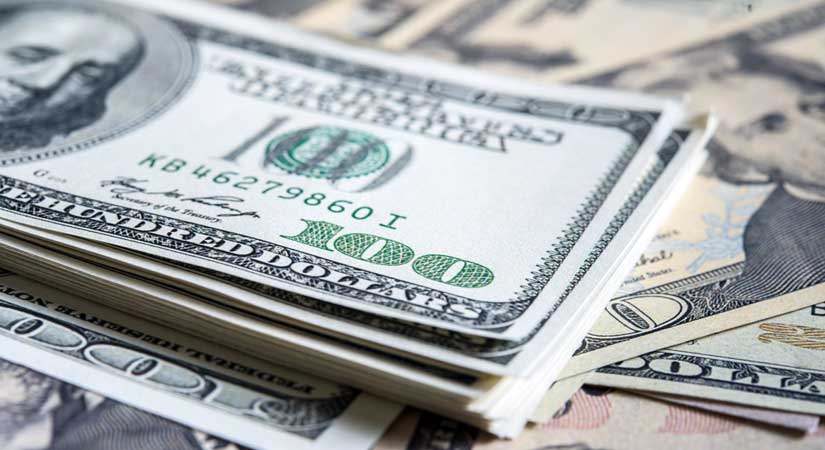
THE COUNTRY’S gross international reserves (GIR) reached a new record, breaching the $100-billion level as of end-September, Bangko Sentral ng Pilipinas (BSP) Governor Benjamin E. Diokno said on Thursday.
“The September 2020 GIR level is equivalent to 10 months of imports of goods and payment of services and primary income. It is also about 9.2 times the country’s short-term external debt based on original maturity,” Mr. Diokno told reporters in a Viber message.
The latest GIR level exceeds the BSP’s $100-billion projection for the full year.
The end-September tally of $100.49 billion is 17.42% higher than the $85.581-billion level a year ago. It is also 1.55% up from the $98.954 billion as of end-August.
Ample foreign exchange buffers protect the country from market volatility and ensure the country is capable of paying its debts in the event of an economic downturn.
“The month-on-month increase in the GIR level reflected inflows mainly from the BSP’s foreign exchange operations and National Government’s foreign currency deposits with the BSP,” the central bank said in a statement.
Partially offsetting factors include revaluation losses from the GIR’s gold components amid lower market prices and foreign currency withdrawals used to pay debt obligations of the National Government.
As of end-September, gold reserves climbed 44.6% to $11.594 billion from the $8.015 billion a year ago but down 3.69% from the $12.039 billion in August.
Gains from investments abroad, which make up the bulk of the dollar reserves, reached $84.406 billion. This is 15.67% up from the $72.97 billion as of end-September 2019 and 2.47% higher from the $82.37 billion in the prior month.
Meanwhile, foreign currency deposits stood at $2.527 billion for the second straight month but fell 11.9% from the $2.869 billion logged a year ago.
The dollar buffers in the form of reserves in the International Monetary Fund (IMF) rose by a third to $747.9 million from the year-ago level of $561.3 million but slipped by 0.76% from the $753.7 million as of end-August.
Special drawing rights, or the amount the Philippines can tap from the IMF — stood at $1.214 billion for the second consecutive month and inched up by 4.29% from the $1.164 billion a year ago.
The record GIR reflects the continued surplus in the balance of payments (BoP), according to ING Bank N.V. Manila Senior Economist Nicholas Antonio T. Mapa.
The BoP — which shows the country’s economic transactions with the rest of the world within a given period — yielded a surplus $493 million in August, higher by a third compared with the $657-million surfeit in the same month of 2019 and the $8-million surplus in July.
The BoP also yielded a surplus of $4.774 billion in the first eight months of 2020, falling by 13.6% from a year ago.
“The external account shows some resilience but we caution against over emphasizing the headline amount as the rise in reserves was borne about by a combination of increased foreign borrowing and stark import implosion,” Mr. Mapa said in an e-mail.
“The rise in GIR, however, does show that we have a more than ample cache of foreign currency to thwart any speculative attack on the currency and quell any concern on a shortage in dollar liquidity,” he added. — Luz Wendy T. Noble
